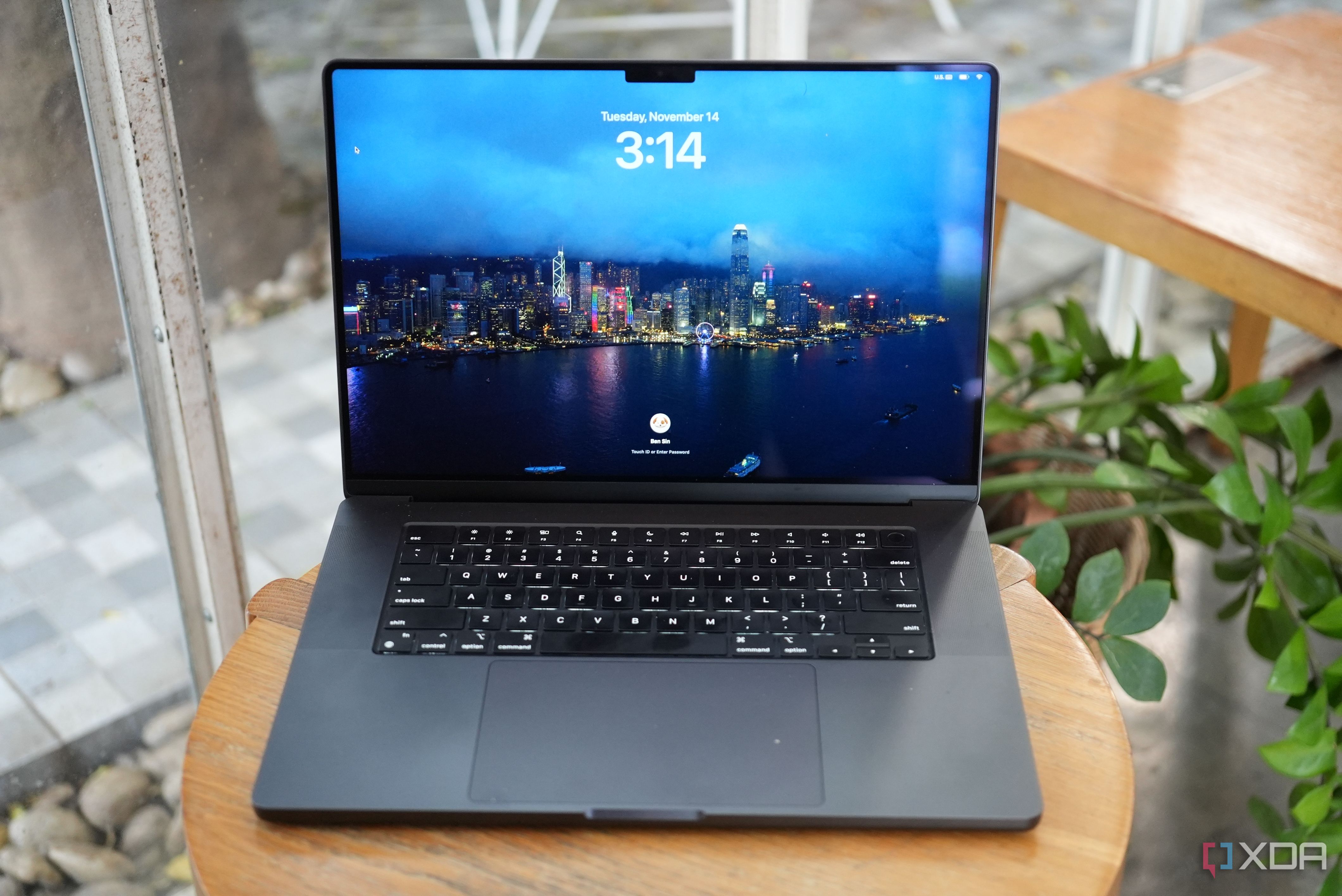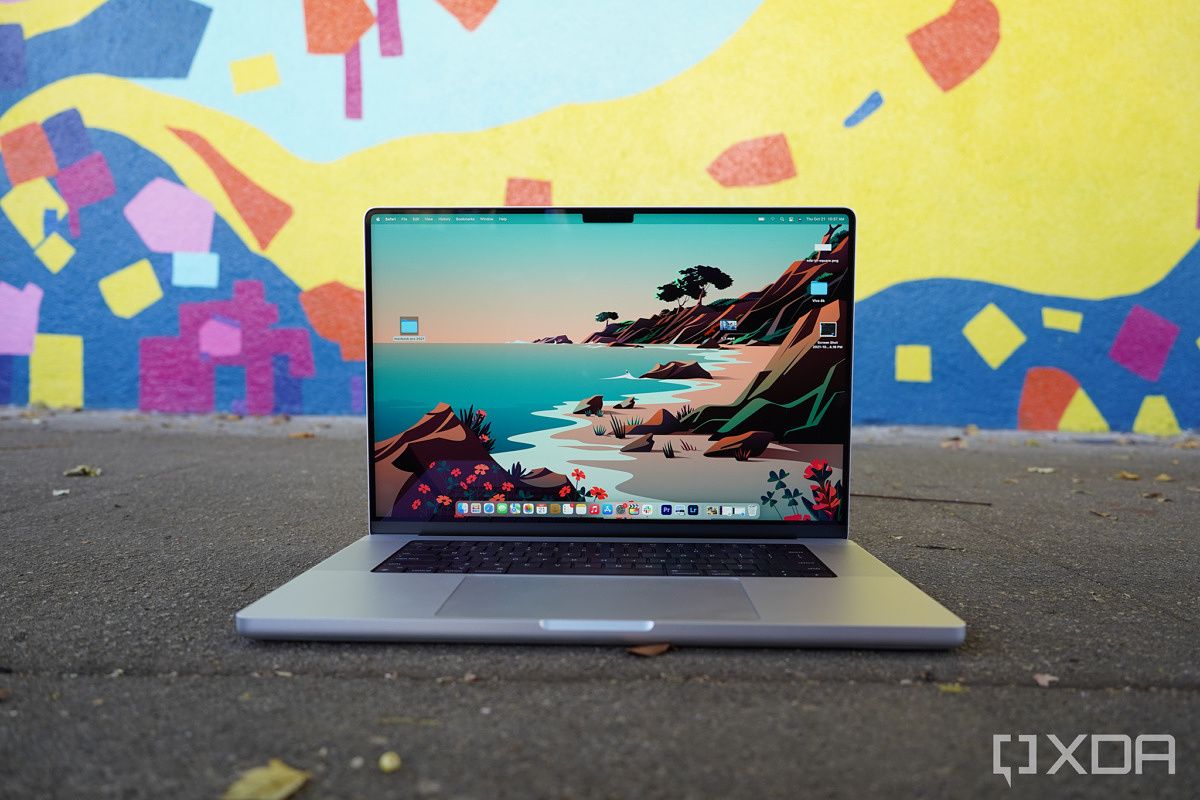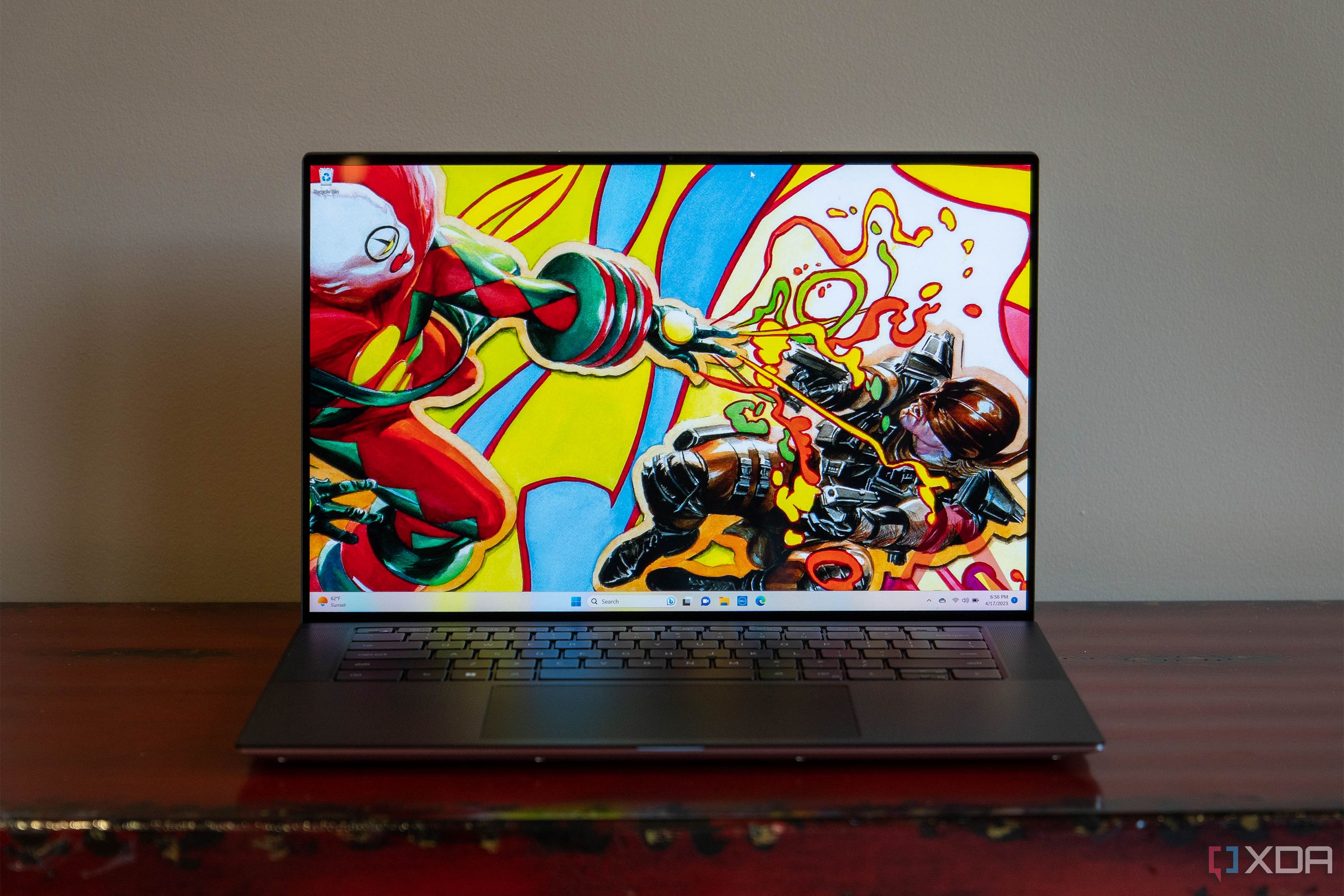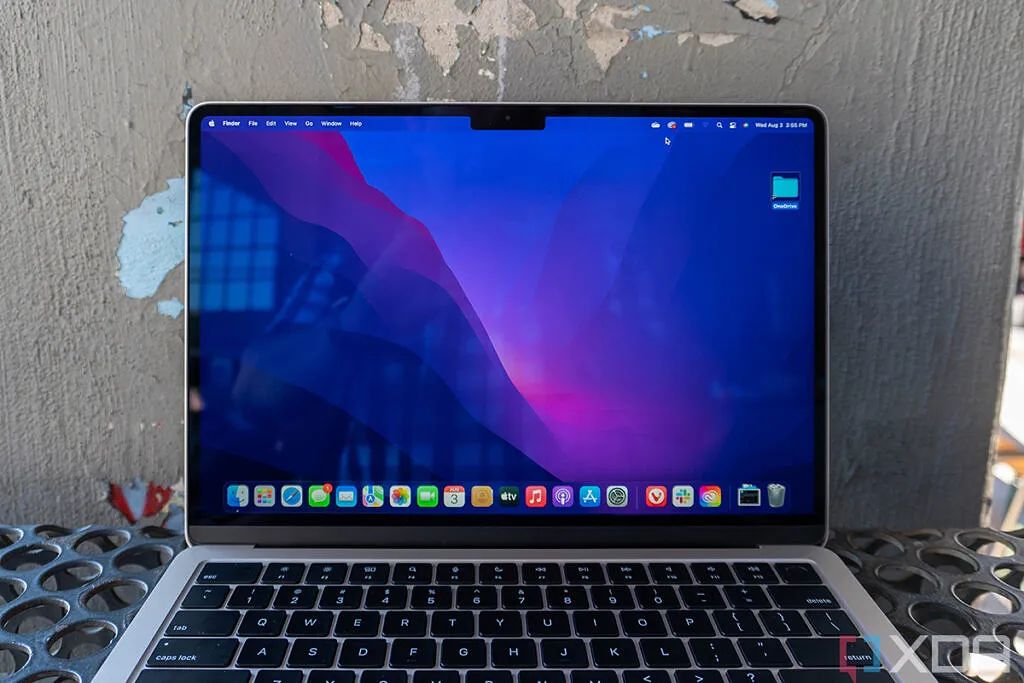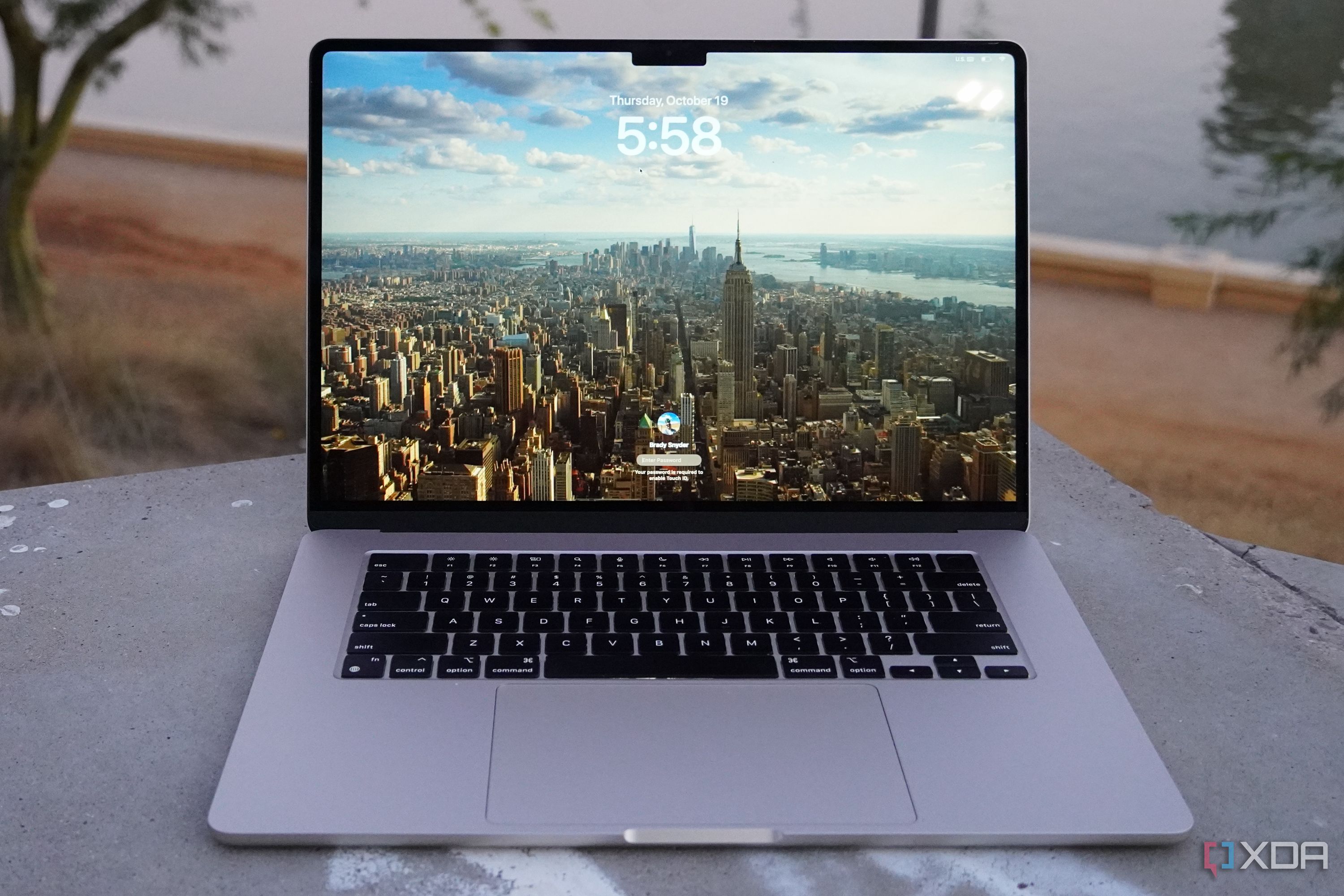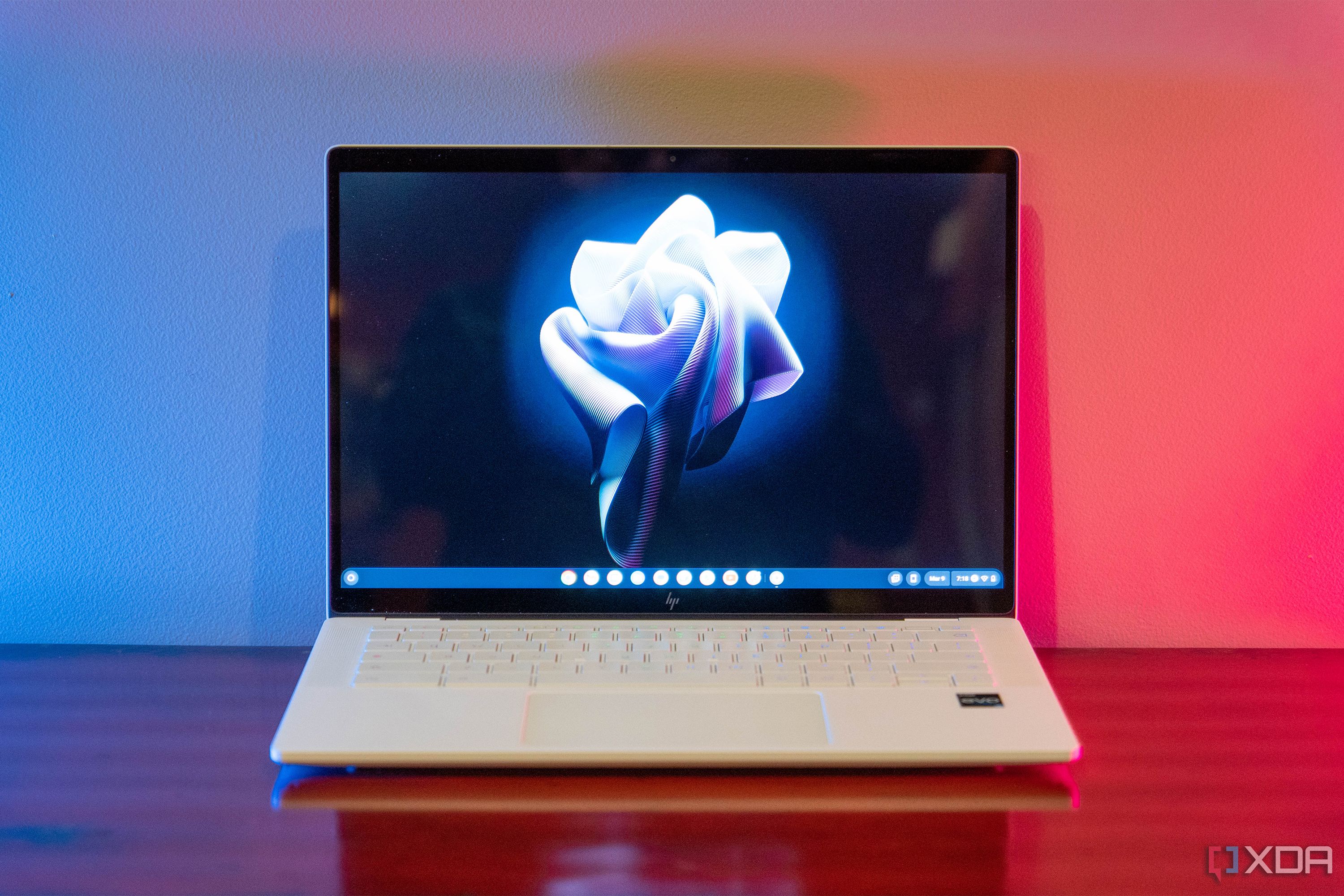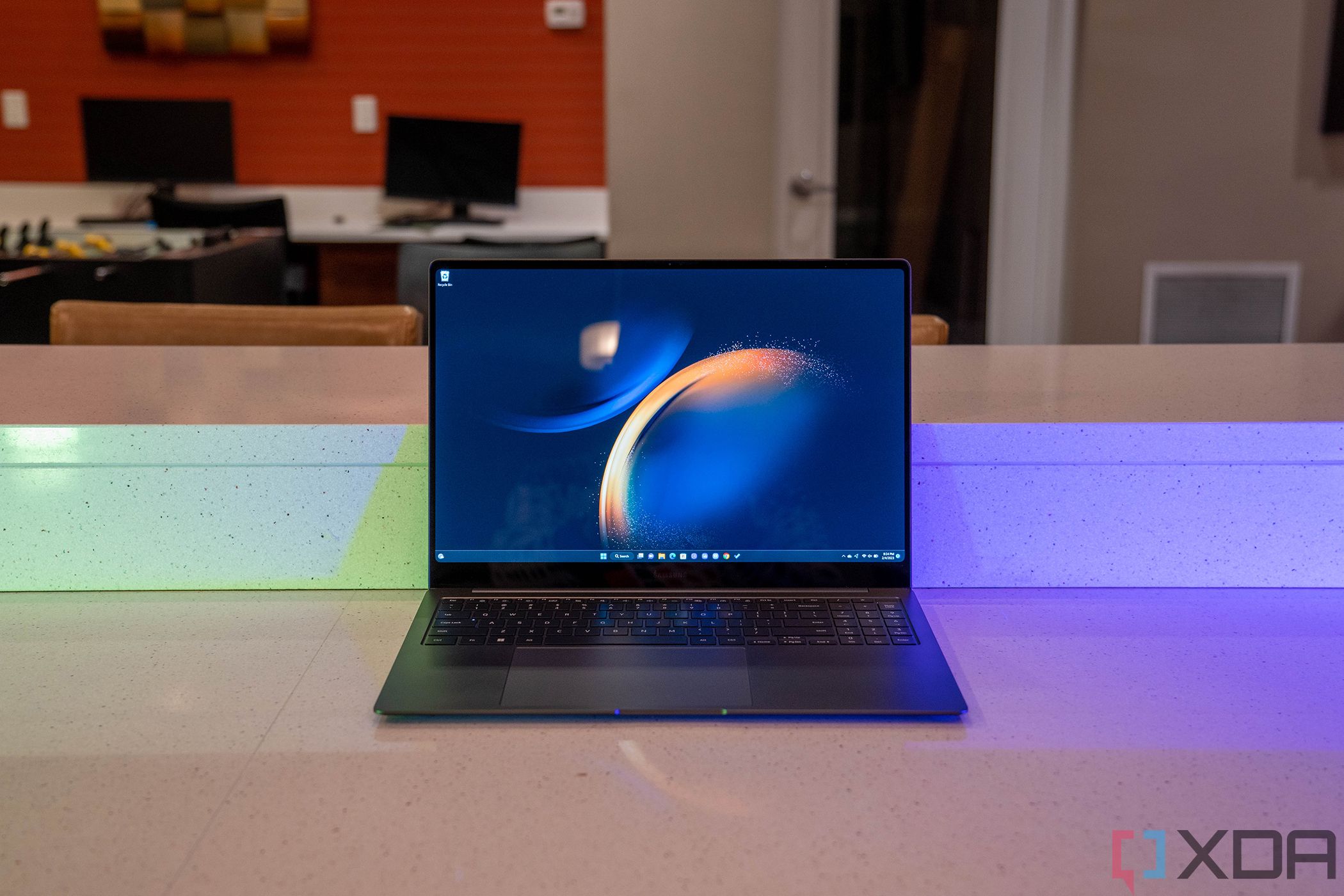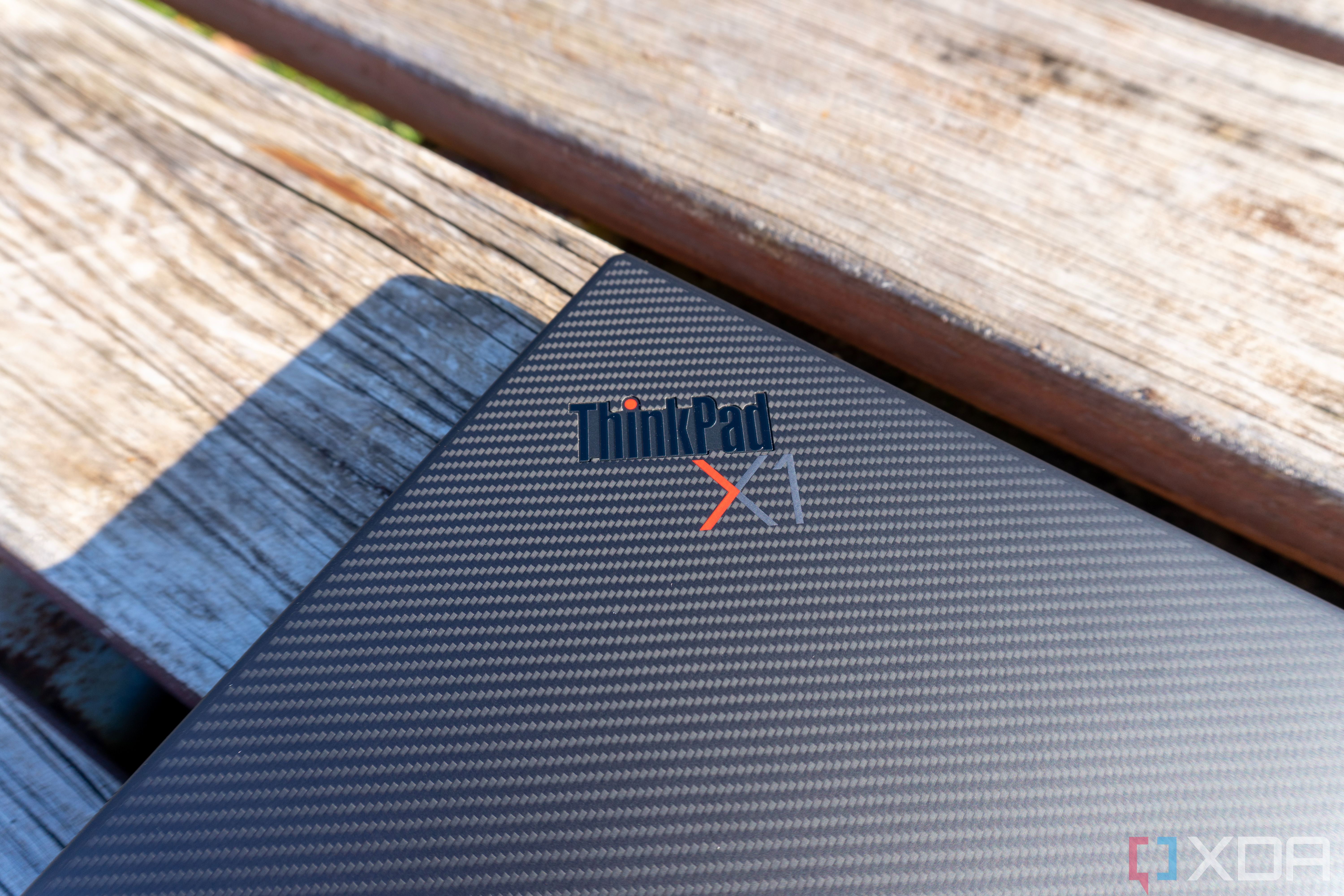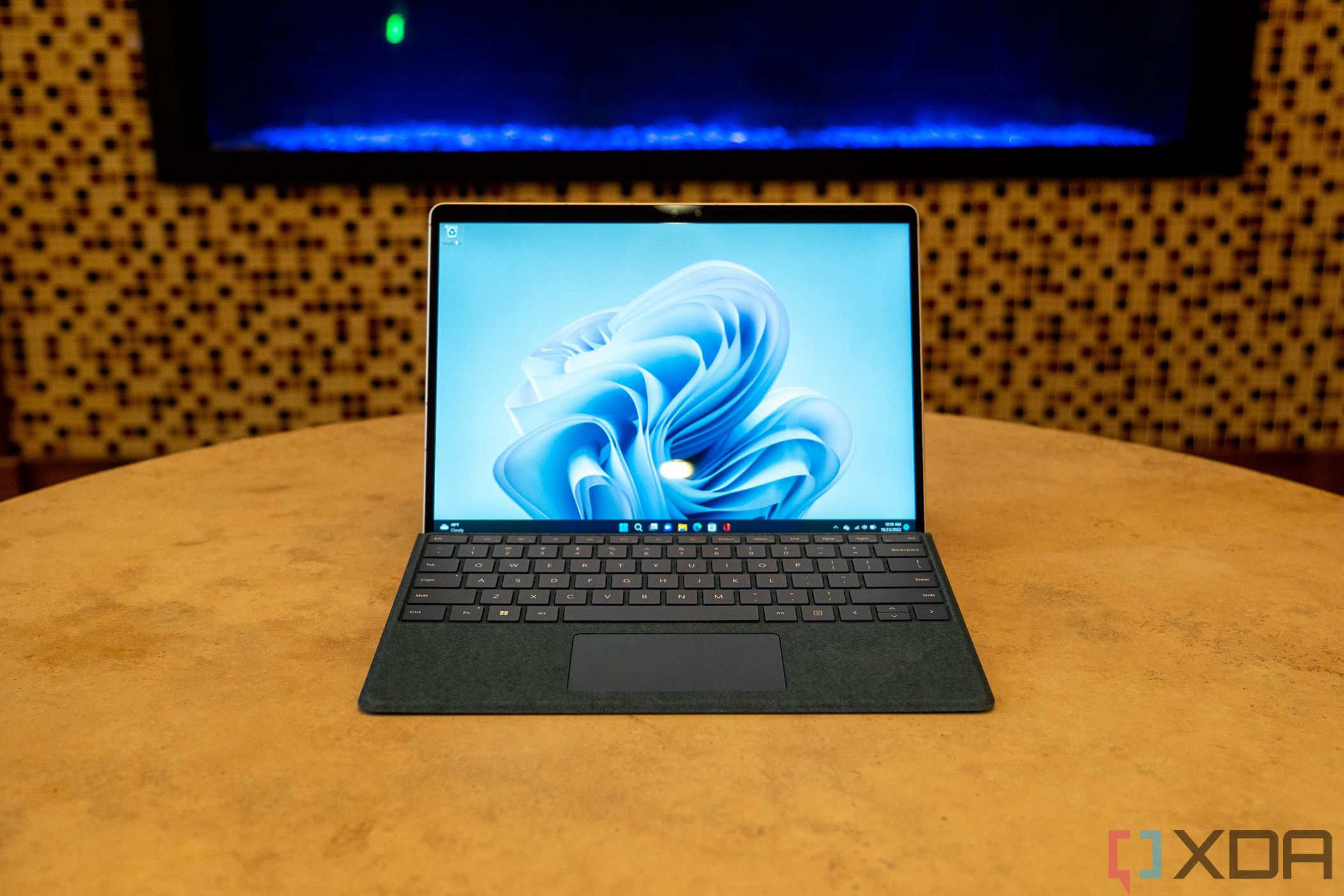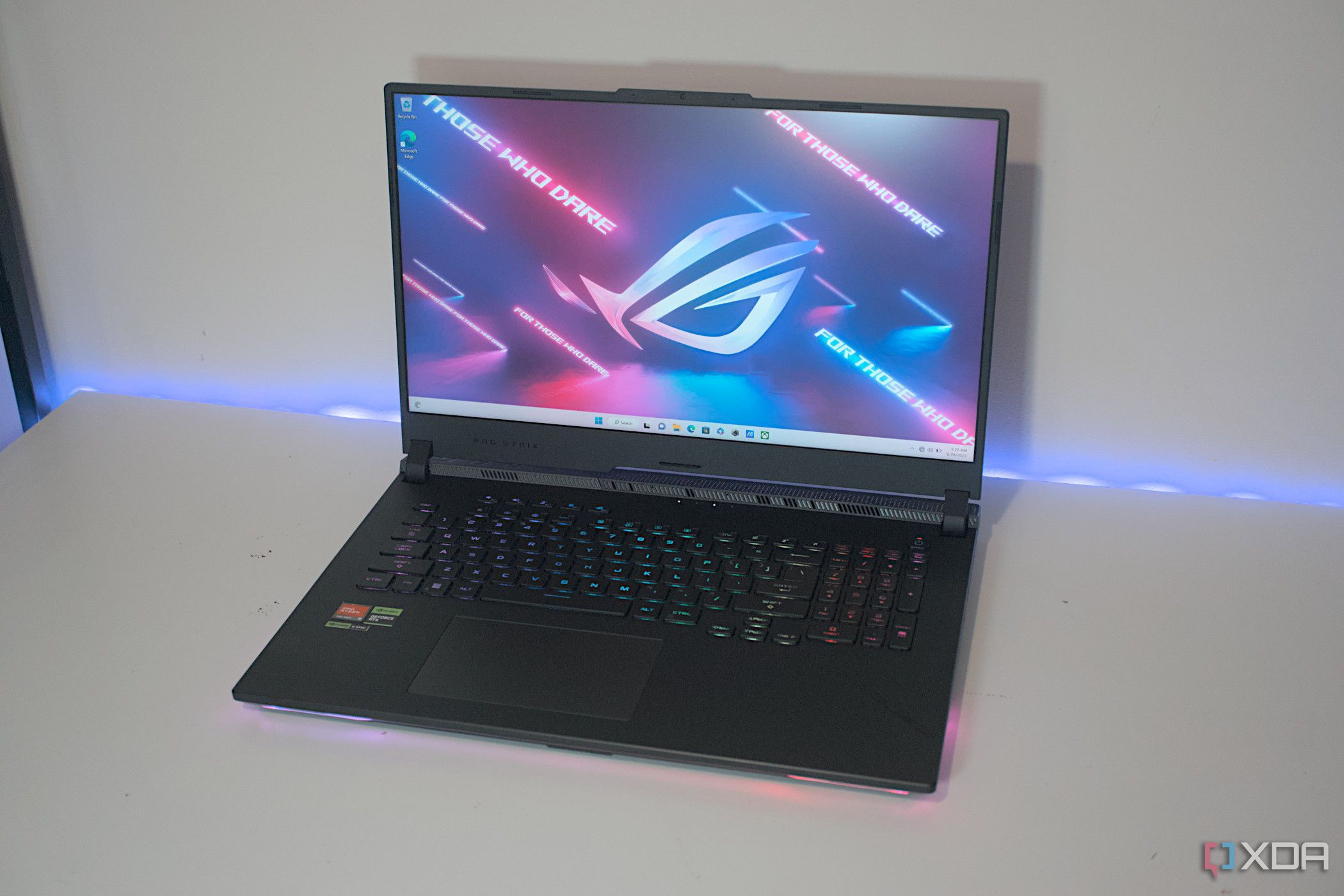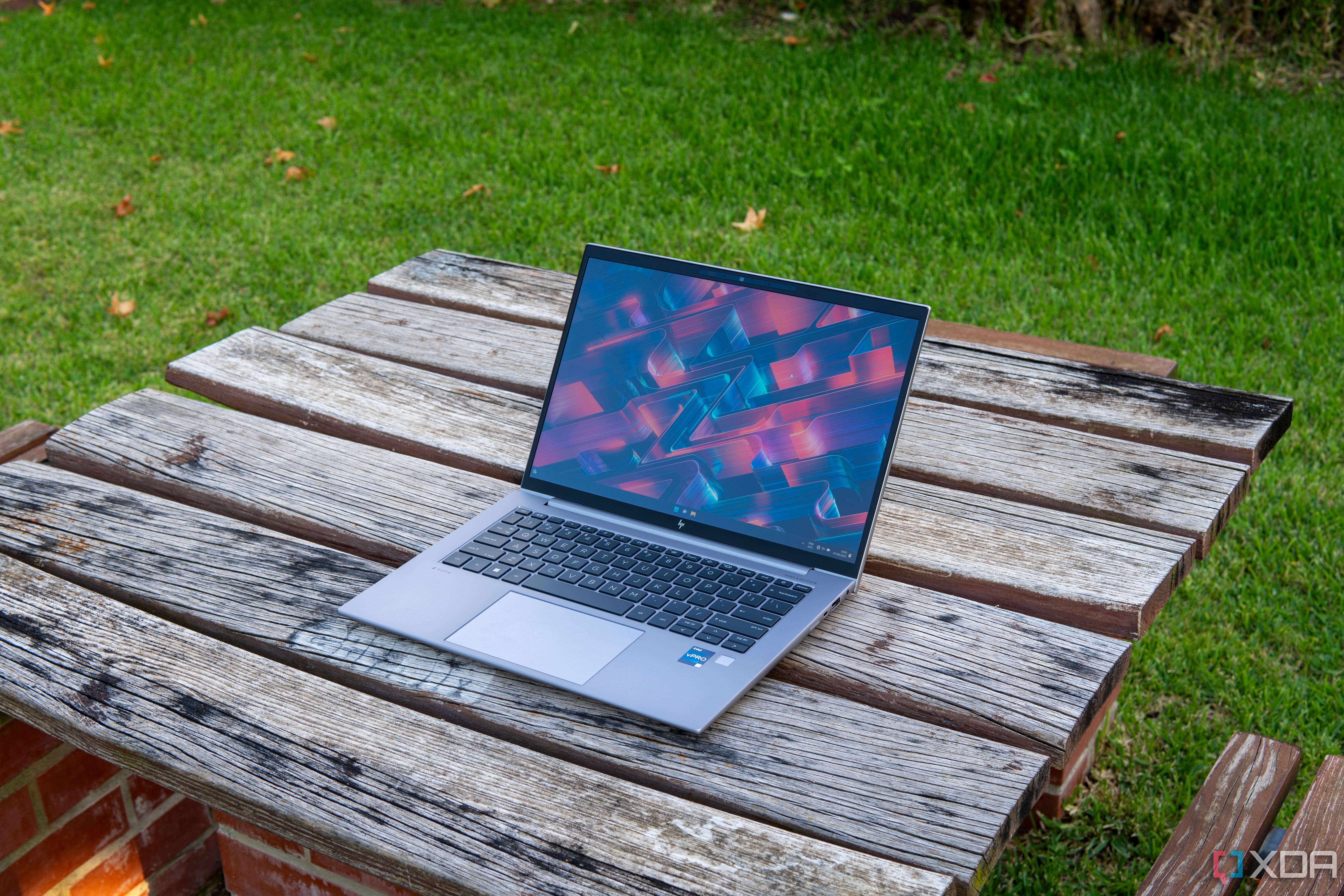The best laptops for developers and software engineers can handle a workload over and above what's generally expected from a standard PC. Gone are the days of programmers having to sit in front of a huge desktop PC with a bunch of high-end monitors. Some still do, but a powerful laptop with a high-res display provides a portable workstation that can go anywhere you go. The best laptops for the job let you code anywhere, at any time.
Buying a laptop for development or engineering is a different beast from buying one for playing games or for regular enterprise use. These situations don't always need masses of horsepower, especially in the beginning, but there's no getting away from there eventually being a heavy resource requirement. As with any reason to buy a laptop, there is no one size that fits all users. We've compiled a list of the best laptops for veteran and beginner programmers with a mix of Windows, macOS, and ChromeOS.
Our favorite laptops for developers and software engineers
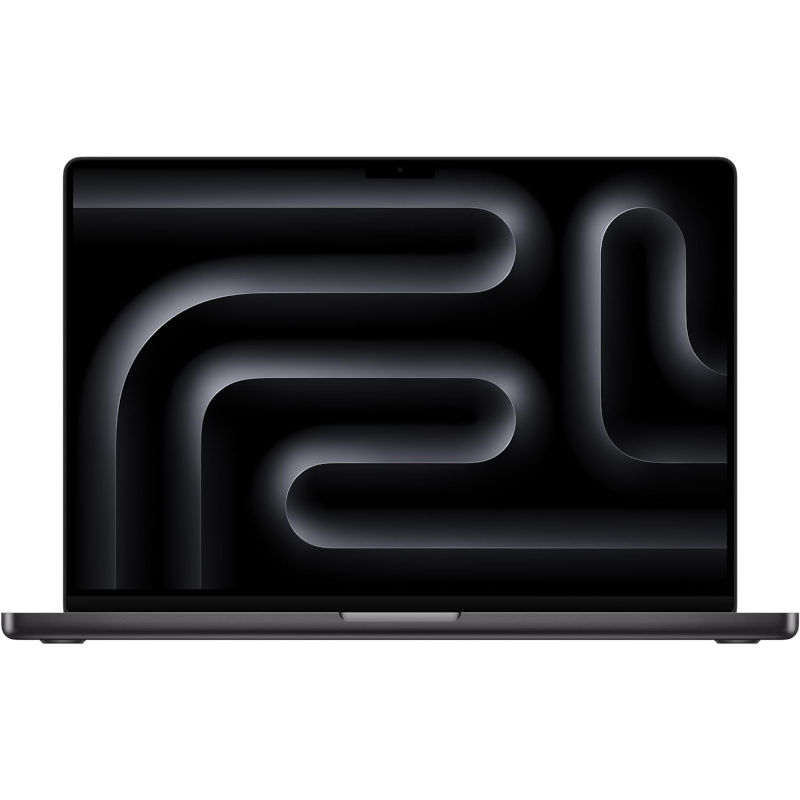
MacBook Pro M3 Pro 16-inch
Ultimate performance and battery life
The new M3 Pro and M3 Max MacBook Pros are available in 14- and 16-inch sizes. We recommend sticking with the larger version for the screen real estate alone, but only if you don't already have a MacBook using Apple's own CPUs. That's especially true if you picked up an M2 model that was released earlier this year.
- Very powerful, very efficient
- Outstanding audio
- Gorgeous mini-LED display
- Expensive, especially the M3 Max models
- Not DIY-upgrade friendly
- M2 Pro wasn't released that long ago
Apple's jump to using ARM in its Mac hardware has made significant gains, and the next jump from M2 to M3 CPUs is already here. The 16-inch M2 MacBook Pro was our previous top pick for developers and engineers, so it only makes sense that the more powerful laptop slides in to take over. While the M3 MacBook Pro hasn't really changed much physically — you get the same mini-LED display albeit with improved SDR brightness, and there's a new Space Black color for the Pro and Max models — the most significant difference comes with the updated CPU performance.
The 16-inch MacBook Pro models released late 2023 are available with M3 Pro and M3 Max CPUs. We're leaning toward the M3 Pro for most people, as it has the right performance to easily handle development and engineering tasks. It's also a lot more affordable than the M3 Max version. In our MacBook Pro M3 review, Senior Editor Ben Sin said, "[...] those who are on M2 Max machine should not upgrade, as the improvements, while noticeable, aren't really big enough to justify a new purchase." That holds true for the M3 Pro as well, since the M2 Pro was also released earlier this year.
You'll likely still want to turn to something like the Dell XPS 15 (see below) if you're mainly in the x86 realm or if you plan on frequently using Linux. This is due to the MacBook Pro using an ARM processor; you can use Rosetta software for developing x86 on a Mac, but it can quickly become problematic when compiling projects or testing. If you aren't developing for ARM, you'll likely have a better time with a more versatile laptop. Otherwise, Apple's MacBook Pro will be a great fit as the best 16-inch laptop on the market.
Two other negatives to basing your programming on a 16-inch MacBook Pro are the price and lack of upgradeability. What you buy from Apple is pretty much what you're living with, but conversely, you have options to spec this up to the powerhouse of your dreams. If you have the budget, you can get up to 4TB or 8TB of SSD storage and up to 36GB or 128GB of unified memory depending on whether you go for the M3 Pro or the M3 Max.
The MacBook Pro comes in two sizes, but for programming, we recommend the 16-inch model over the 14-inch one purely for that additional screen real estate. It has a Liquid Retina XDR panel in both instances and both have the same superb ProMotion variable refresh rate up to 120Hz. The 3456x2234 resolution works out to 254 pixels per inch, and color and contrast are outstanding.
The 16-inch MacBook Pro comes with three Thunderbolt 4 ports, joined by HDMI, a full-sized SD card slot, and even a 3.5mm headphone jack. Thunderbolt 4 is perfect for expanding connectivity with powerful docking stations and also hooking up external high-resolution displays, perfect for the home or office.
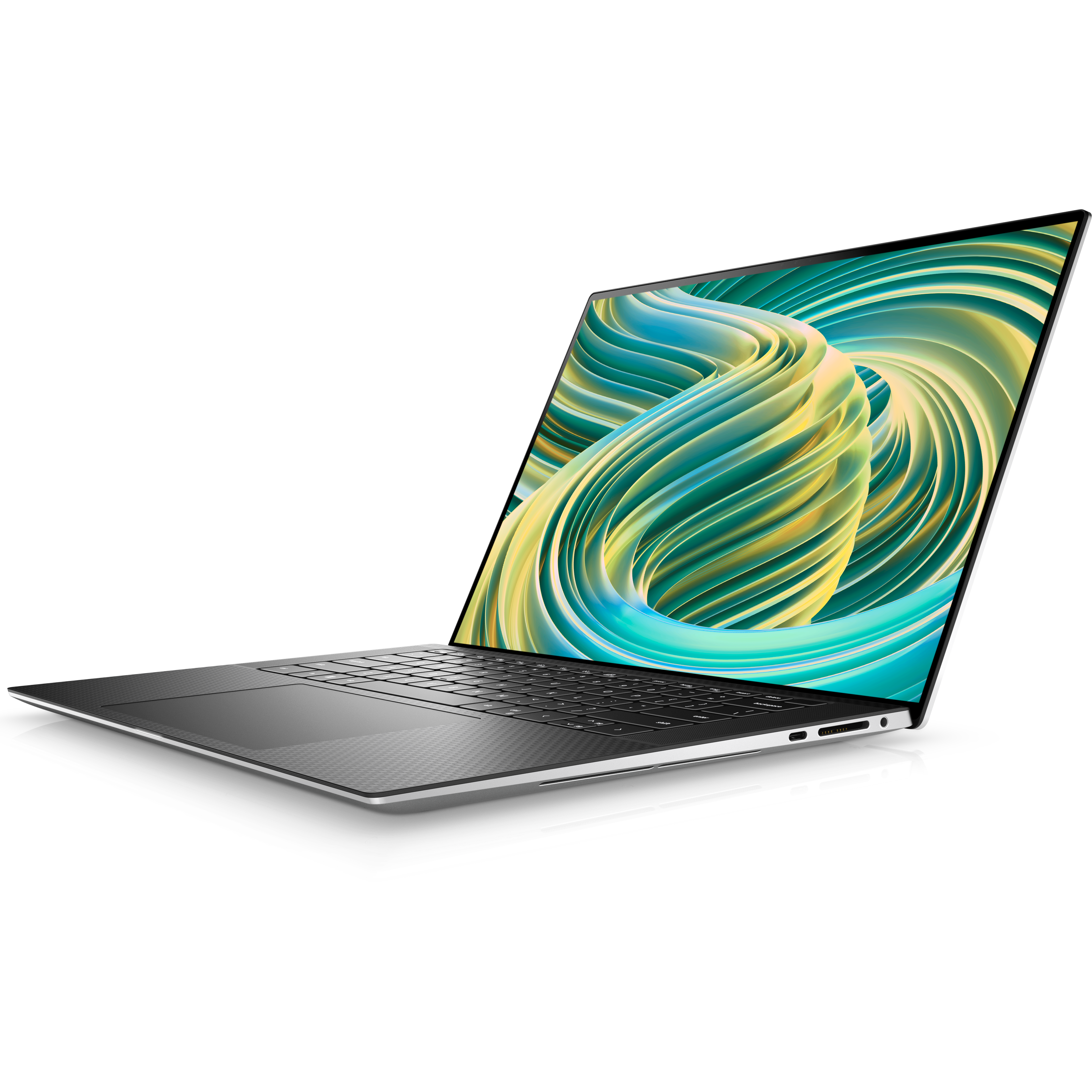
Dell XPS 15 (2023)
A great alternative for Windows users
Dell's XPS 15 for 2023 is better than ever with 13th Gen Intel Core H-series CPUs, NVIDIA RTX 40-series laptop GPUs, and high-end 15.6-inch display options. If you need a premium Windows laptop for your development ambitions, this is about as good as its gets.
- 13th Gen Intel Core H-series CPUs, lots of storage and RAM
- Up to an Nvidia RTX 4070 laptop GPU
- 3.5K OLED display is gorgeous
- Webcam is only 720p
If you like the idea of the MacBook Pro, but you'd rather stick with Windows, the Dell XPS 15 (2023) is the perfect alternative. In many ways it's the MacBook Pro of Windows, blending an exquisite design with stunning build quality and blistering performance. But without the fruit logo on the lid, it's more understated. Wrap the whole package together, and you have the top Windows laptop for programming. The fact that you can dual-boot Linux on the XPS 15 can't go unmentioned; it makes the laptop so much more versatile for developers working across platforms.
Dell has plenty of options when it comes to specs but, unlike many smaller laptops, you have the freedom to upgrade them yourself. If your initial budget only stretches to 16GB of RAM, that's fine. When the time is right you can upgrade that to 32GB or beyond yourself. Programmers will usually be looking for a lot of RAM, and on the XPS 15, you don't have to cough up for it all upfront. The same goes for the storage, with Dell using standard PCIe SSDs that you can upgrade yourself whenever you need to.
The rest of the hardware is no slouch, either. Dell updated its 2023 XPS 15 (9530) to use Intel's latest 13th-generation processors, starting at the Core i7 and going all the way up to the Core i9-13900H with 14 cores. For GPU power there are two options from Nvidia on top of the Intel integrated graphics, with either the RTX 4060 or RTX 4070 laptop cards available. For what's basically an ultrabook this is seriously impressive, and you're in good hands whether you're looking for GPU acceleration or doing a little gaming when you're done working.
Your coding adventures will look amazing on the 15.6-inch display. It's currently available in a couple of resolutions including FHD+ and 3,5K OLED, all with a 16:10 aspect ratio for extra screen space. In his Dell XPS 15 (2022) review, Editor-in-Chief Rich Woods noted that company's "non-OLED screens are so good that you won't even see much of a difference." Keep that in mind when choosing a display, as even the FHD+ screen is stunning.
Rounding out the finery, Dell not only supports Windows Hello biometric security, but the latest connectivity with Thunderbolt 4 as well as USB-C 3.2, both with power delivery. Where the Dell XPS 15 stands apart from Apple's M-powered, Thunderbolt-supporting MacBooks is the ability to hook up an external GPU (eGPU).
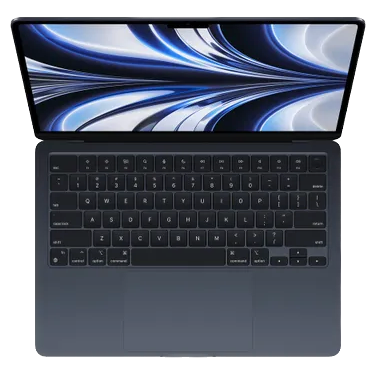
Apple MacBook Air M2
MacBook performance and battery life for less
Apple's MacBook Air with M2 chip is super light and portable but delivers outstanding performance and battery life. The display is gorgeous, the keyboard is comfortable, and it has a huge touchpad. All wins for programmers and developers on the go. You can now get it in 13.6- or 15.3-inch versions.
- Snappy performance and incredible battery life
- Gorgeous high-res display
- Enormous touchpad, great keyboard
- Single external display support only
- Not a wide selection of ports
Something can be expensive but also have great value, and that's exactly what the MacBook Air is in this case. At the heart of that is the Apple M2 processor. Lots of people sing its praises for a multitude of reasons, but they're usually all accurate. For the price of the MacBook Air, there's not a lot out there that can outperform it. At the top of this list sits the 16-inch MacBook Pro and the reasons to get a MacBook Air for programming are very similar. Apple's switch to custom ARM processors has given new life to the MacBook family and real performance gains over Intel or AMD-powered Windows machines at similar price points.
The MacBook Air M2 includes an 8-core CPU with either an 8-core or 10-core GPU and Apple's 16-core Neural Engine. Memory is naturally not upgradeable so the 8GB, 16GB or 24GB you choose at purchase is all you get, but even with only 8GB, the MacBook Air is a surprisingly strong performer. One of the additional benefits of the Air over the MacBook Pro is being more power-efficient. So while the battery is physically smaller, you can expect similar longevity and certainly more than you'd likely expect on a comparably priced Windows machine.
Storage can be specified up to an expensive 2TB, or you can use the combined Thunderbolt 3/USB4 ports to hook up some fast external storage instead. This is definitely more in keeping with the value theme. The more expensive MacBooks do get the latest generation Thunderbolt 4, but in most instances, you'd be hard-pushed to see real-world differences using 'only' Thunderbolt 3. The one that might matter is that you can only use it to hook up one external display on the MacBook Air.
Everything else that makes a MacBook stand out is also here. The Air has always been a gorgeously slim laptop and the current model comes in three different colors and weighs less than three pounds. In our MacBook Air (2022) review, Woods noted that "there really is something about it that's just delightful." The display is 13.3 inches and has a 2560x1600 in resolution, so it's razor-sharp and your eyes will feel nothing but joy staring at code all day on it.
Apple has now also launched a 15-inch version of the MacBook Air M2 for those who love the Air's mobility but need a bit of extra screen to work with. Pixel density comes out to the same amount, and the 15-inch model's battery won't go quite as long. The larger MacBook Air does bring a couple of extra speakers. In our MacBook Air 15 review, Mobile Writer Brady Snyder called it a "go-to recommendation for people who want a big-screened MacBook for casual use." Or, in this case, lighter dev work that doesn't require the MacBook Pro's performance.
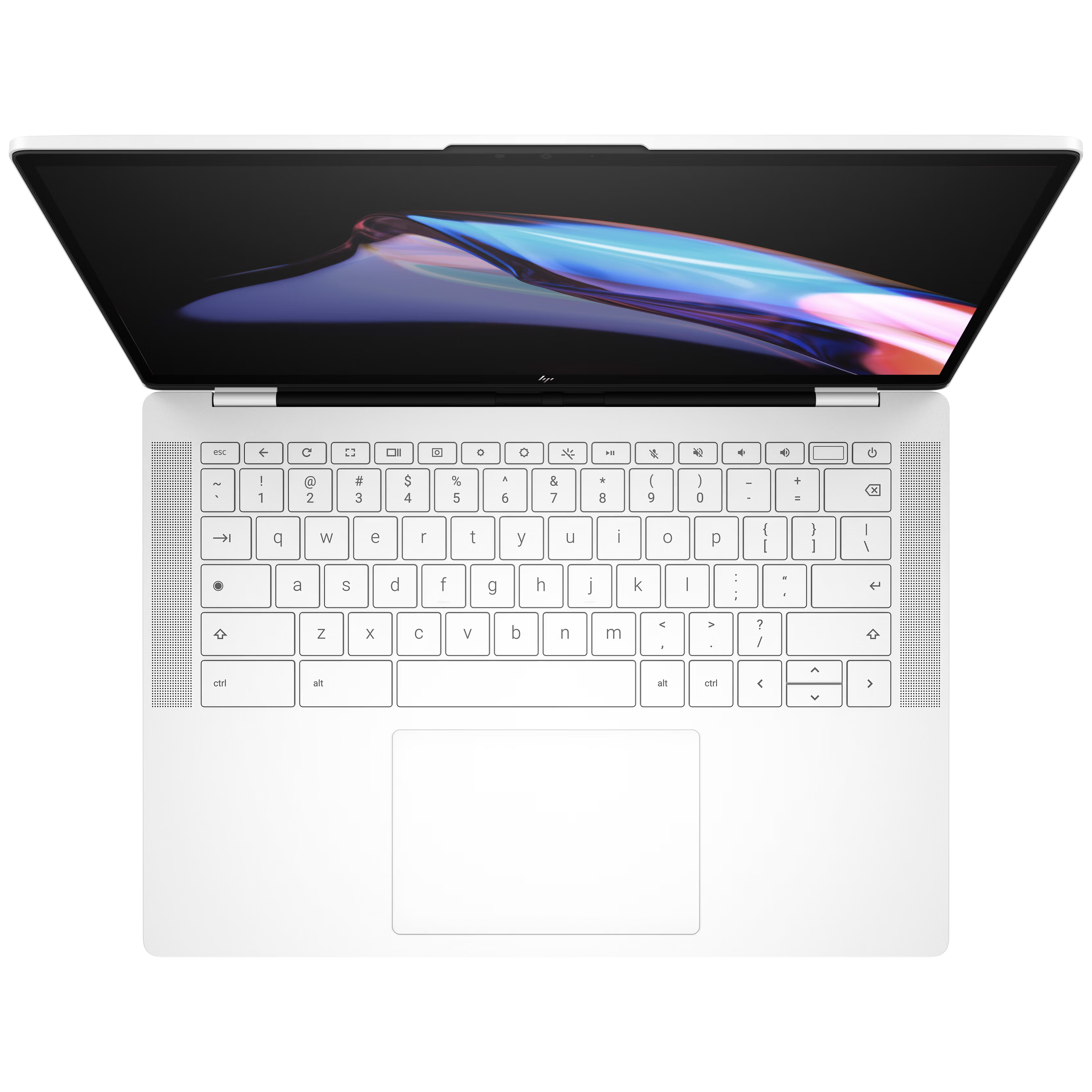
HP Dragonfly Pro Chromebook
High-end option for fans of ChromeOS
Chromebooks can be great devices for development and programming work, and the Dragonfly Pro is about as good as they get these days. Standout features include an RGB keyboard, 8MP webcam, 1,200-nit QHD+ display, and 12th Gen Intel Core CPU power.
- Excellent 1,200-nit display at 14 inches
- Powerful audio and fantastic webcam
- RGB keyboard is delightful
- On the heavy side
- ChromeOS has its limitations
Programming and development? On a Chromebook? Absolutely! Google's ChromeOS has advanced by leaps and bounds in recent years, and if you've ever dismissed it just as a fancy browser that runs on cheap laptops, it's time to see what 2023 ChromeOS looks like. Yes, most Chromebooks are still affordable laptops, but that's also one element that makes them attractive, particularly to beginner programmers and developers. You could spend a significant amount less on the best Chromebooks compared to a Windows laptop or a MacBook, and still write all the same code.
Inside the HP Dragonfly Pro Chromebook, you'll find a 12th Gen Intel Core i5-1235U processor with Intel Iris Xe integrated graphics, 16GB of LPDDR5 RAM, and up to a 256GB PCIe SSD for storage. On a Windows laptop, this spec sheet would be ample but nothing outstanding, but ChromeOS handles its business much differently from other operating systems with web-based storage and apps. The keyboard here is infused with RGB lighting, and it's flanked by quality top-firing speakers. Even the webcam is good with an 8MP resolution.
With Thunderbolt 4 built-in you can hook up to high-resolution external displays with ease, but for on-the-go use, this is one of the best on this list. It measures 14 inches and has a 16:10 aspect ratio, 2560x1600 (QHD+) resolution, and up to 1,200 nits of brightness. In our HP Dragonfly Pro Chromebook review, Woods said that "you don't get the pixelation of FHD... and you don't suck down battery life as you do with 4K."
The secret sauce for programmers on ChromeOS is the Linux development environment. It's essentially a tightly integrated virtual machine, similar in some regards to WSL on Windows, but it provides you with a full Linux installation on top of and integrated with ChromeOS. There are limitations still, but you can use GUI applications, install dependencies, and even use some of the top code editors like Microsoft Visual Studio Code. Google even has its own dedicated tutorials on setting up a Chromebook for development, but essentially if you're familiar with Linux, you're good to go.
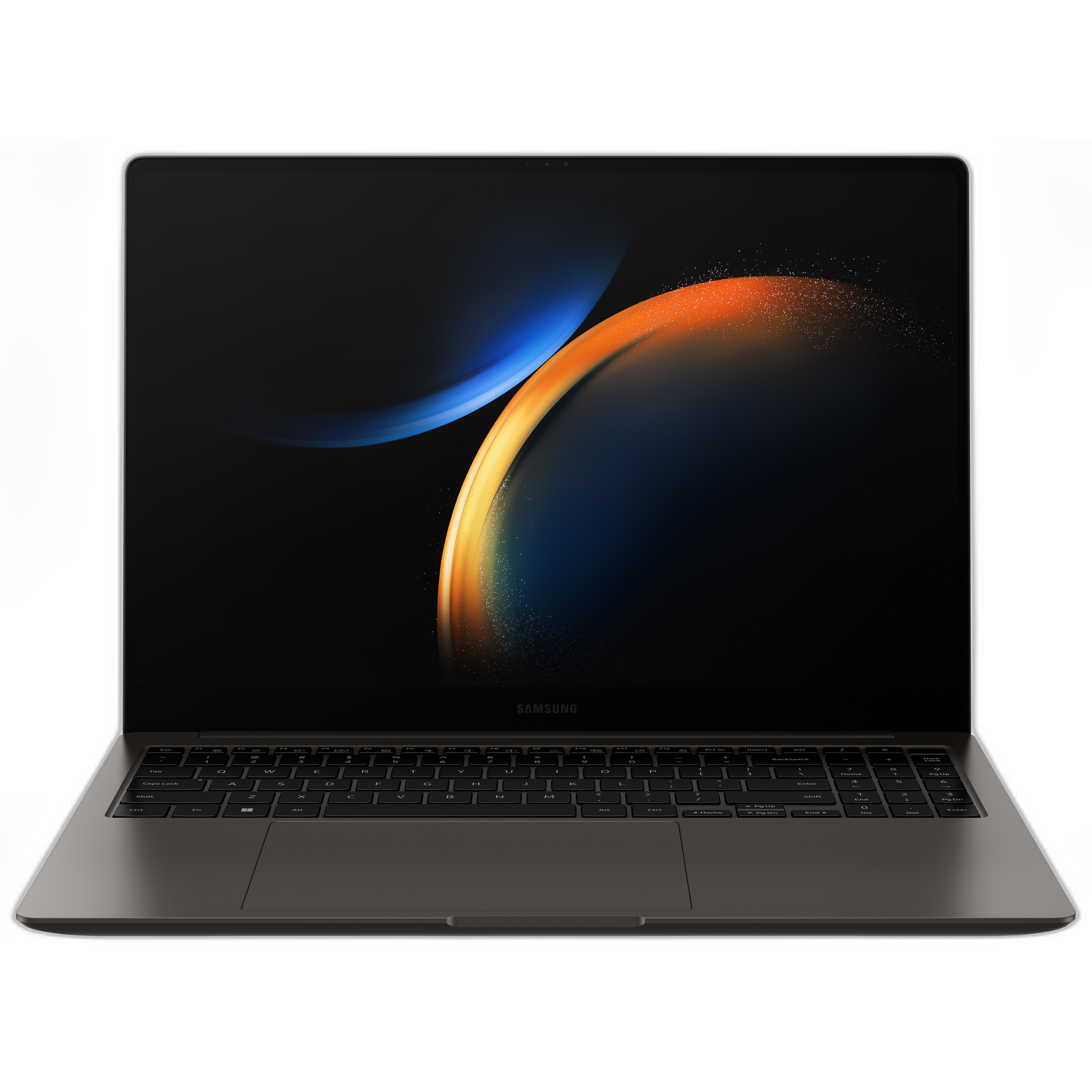
Samsung Galaxy Book 3 Pro
Hard to beat this 16-inch screen
The Samsung Galaxy Book 3 Pro has one of the nicest 16-inch AMOLED displays we've seen, and its new aluminum chassis feels a lot more premium. It has great battery life, and the 13th Gen Intel Core i7 CPU with 16GB of RAM can handle a relatively heavy workload.
- 16-inch 120Hz AMOLED display is gorgeous
- High-end build quality
- Great keyboard and huge touchpad
- Off-center touchpad placement takes some getting used to
- A bit heavy due to the aluminum chassis
Samsung is inching closer to perfection with its Galaxy laptops, and the Galaxy Book 3 Pro might just have what it takes to be your next partner. Samsung made the swap to a full aluminum chassis, bringing a more premium feel but also upping the weight to 3.4 pounds (1.56kg). There's room for one of the biggest touchpads we've ever seen on a laptop, but its offset placement will take some getting used to. In the same vein, you get a full keyboard with a numpad, but keys only have about a 1mm travel.
The 16-inch display provides plenty of room to multitask while programming and developing, and Samsung finally made the jump to a 16:10 aspect ratio. The screen has a crisp 2880x1800 (2.8K) resolution and 120Hz refresh rate, with an AMOLED panel. XDA's Woods summed it all up, saying in his Galaxy Book 3 Pro review that "OLED brings vibrant colors, the pixels made it sharp, and the refresh rate makes it smooth." With dual Thunderbolt 4 and HDMI you can of course easily connect to external monitors. Other ports include USB-A, a microSD card reader, and a 3.5mm audio jack.
Performance hardware is centered around a 13th-generation Intel Core i5-1340P or i7-1360P processor, with 16GB of RAM and up to 1TB of M.2 PCIe storage as support. There's no discrete GPU, but this laptop will still perform admirably and get between six and seven hours of battery life when in constant use. Samsung also makes a 14-inch version that costs less, but the extra screen space is recommended to better handle a full workload.
One more thing: Samsung loves to have its products all work together, and Samsung phone owners will see some extra benefits when it comes to using their devices in support of each other.
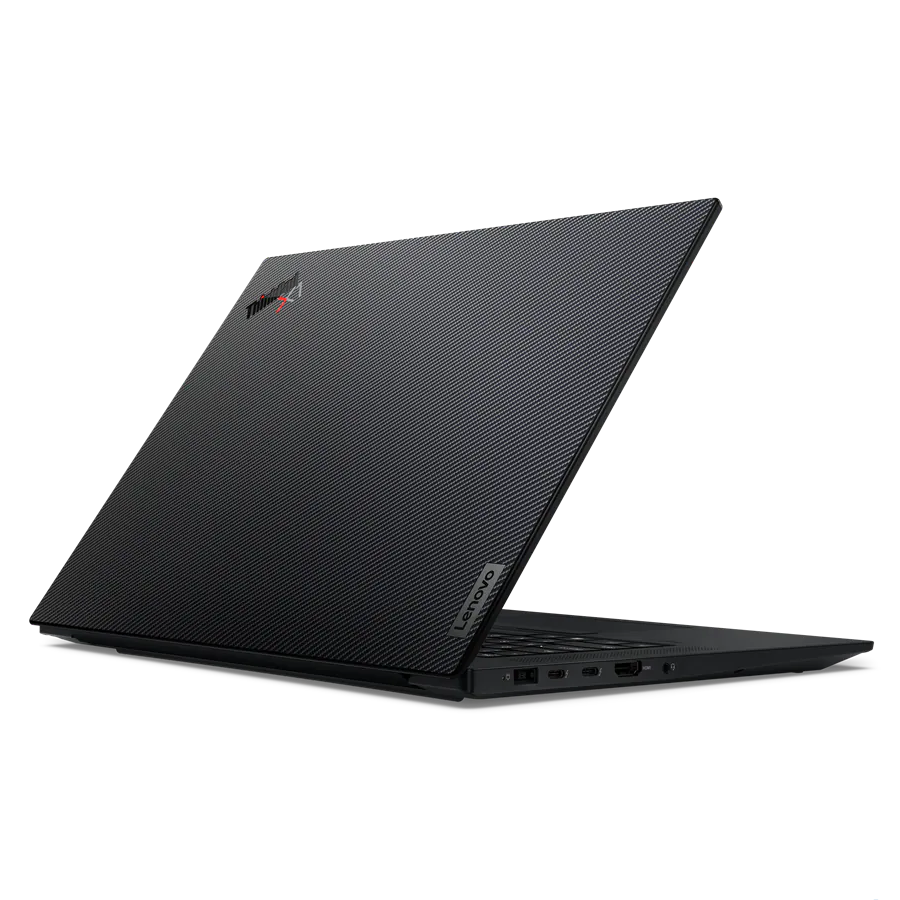
Lenovo ThinkPad X1 Extreme Gen 5
High-end durability and performance
Need a huge performance ceiling from a Windows laptop? Lenovo's X1 Extreme Gen 5 brings the durability and security of a ThinkPad, mixed with modern CPUs and discrete GPUs. It's expensive, but it's a killer laptop for all types of work.
- Tons of performance overhead for demanding workloads
- Relatively lightweight, premium, and durable design
- Fantastic 4K display with X-Rite Pantone calibration
- Very high price
The Lenovo ThinkPad X1 Extreme, now in its fifth generation released in 2022, has long been a top choice when it comes to powerhouse business laptops. You get all the perks of the ThinkPad platform, including extra durability and security features, an exceptional keyboard, and generous port selection, combined with high-end performance that includes 12th-generation Intel Core H-series CPUs and a discrete Nvidia GPU. It's a great alternative to something like the ThinkPad P16 that we reviewed, especially if you don't want to go all-out with a high-end workstation laptop.
The X1 Extreme measures about 0.7 inches (17.9mm) thin and weighs in starting at about 4.14 pounds (1.87 kg), with a carbon fiber top and aluminum base. Considering it packs in a 16-inch display and all that performance hardware, you're really looking at something quite trim and lightweight. Port selection is excellent with dual Thunderbolt 4, dual USB-A, HDMI, SD card reader, and a 3.5mm audio jack, plus you can add a nano-SIM slot if you decide to go with 5G connectivity at checkout.
Lenovo offers a few different 16-inch display options, but we tested the 4K version. Senior Editor João Carrasqueira loved it, noting in his X1 Extreme (Gen 5) review that "colors look great and it's incredibly sharp (probably sharper than most people will need). Plus, it's great for work since the high pixel density increases how much you can see on the screen." If 4K is too much screen, you can also get FHD+ and QHD+ options, but only the 4K versions come with Dolby Vision and HDR 400 support.
There's no shortage of performance hardware, with Intel Core i7-12700H, Core i7-12800H, and Core i9-12900H CPUs available with up to 64GB of DDR5 RAM (upgradeable) and up to 8TB of M.2 PCIe 4.0 NVMe SSD storage (also upgradeable). We've put together an SSD replacement guide for the X1 Extreme Gen 5, as well as a guide on upgrading the X1 Extreme's RAM. Lenovo doesn't stop there, bringing a range of discrete GPUs that include the NVIDIA RTX 3050 Ti, RTX 3060, RTX 3070 Ti, and RTX 3080 Ti laptop GPUs.
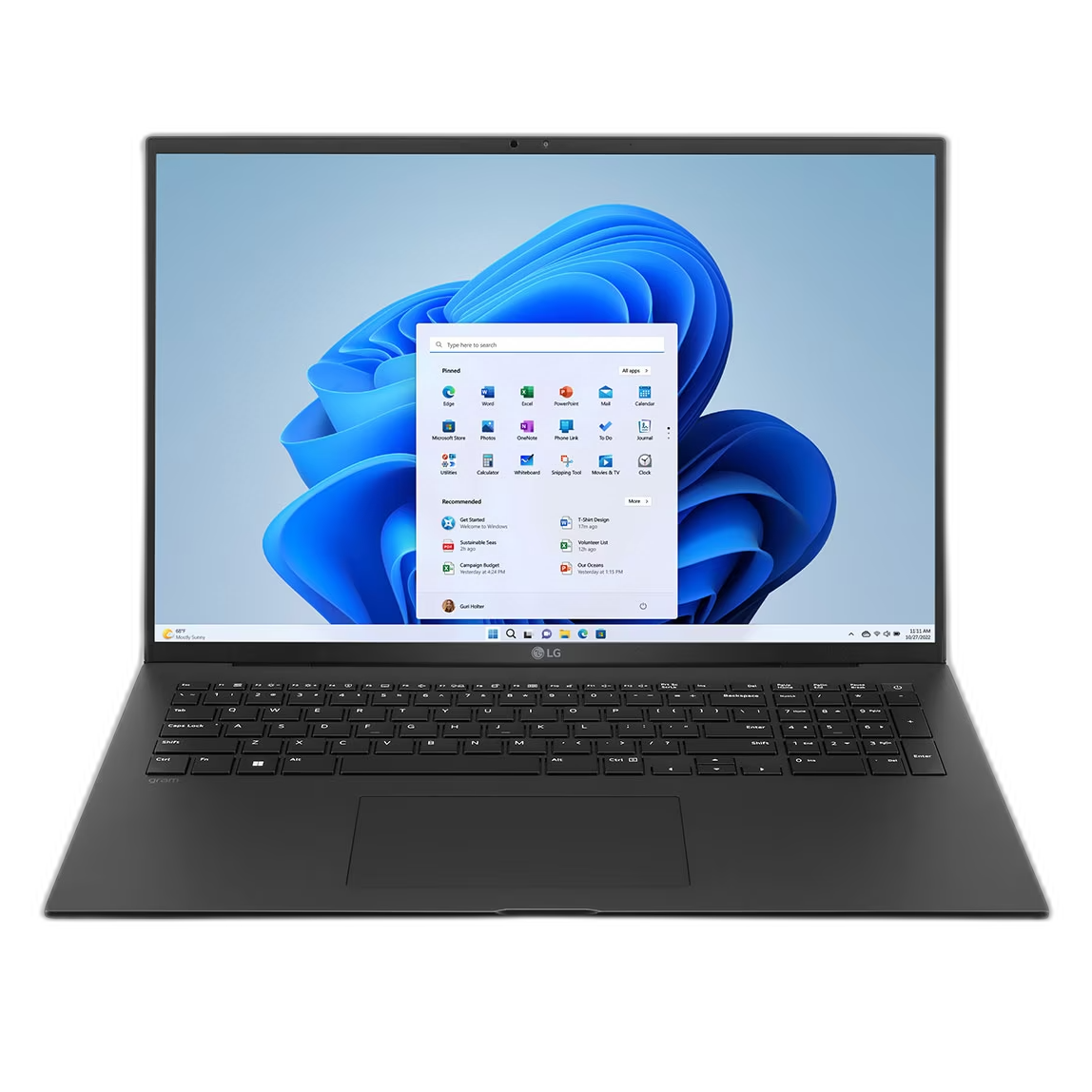
LG Gram 17 (2023)
Huge screen for easier multitasking
The LG gram's enormous 17-inch display makes it easy to see more windows at once, yet the laptop only weighs about 3.2 pounds with a discrete GPU included. It's an expensive option, but you can travel light and not have to sacrifice on screen size or performance.
- Latest Intel Core P-series CPUs
- Huge 17-inch QHD+ display
- Great selection of ports and lightweight build
- Battery life could be better
We last saw this laptop up close in 2022, with Senior Editor João Carrasqueira remarking in his LG gram 17 (2022) review that it's "easily one of [his] favorite laptops on the market, and it's all thanks to that lightweight design." It's also one of our top choices when it comes to the best creator laptops around today. Nothing has changed from a design standpoint for the 2023 model, and you're still getting an enormous laptop that only weighs about 3.2 pounds with a discrete GPU inside. The slim chassis houses a couple of Thunderbolt 4 ports, HDMI, two USB-A 3.2 (Gen 2), 3.5mm audio, and a microSD card reader.
The 17-inch non-touchscreen has a 2560x1600 (QHD+) resolution and 16:10 aspect ratio. It manages 99% DCI-P3 color coverage, and it has a variable refresh rate for a smoother picture. You're going to be able to fit a ton of information on the screen at once, and the enormous touchpad and full keyboard with numpad will further help with productivity. And if you're conferencing, there's a 1080p webcam that picks up a clear picture.
The laptop's refresh includes a new 13th-generation Intel Core i7-1360P CPU for better performance and efficiency, accompanied by up to 32GB of LPDDR5 RAM and up to 2TB of storage spread out over two 1TB SSDs. LG even manages to fit an Nvidia RTX 3050 laptop GPU inside for improved graphical performance. This laptop doesn't come cheap, but it's a great pick if you want a huge display and strong performance in a lightweight package.
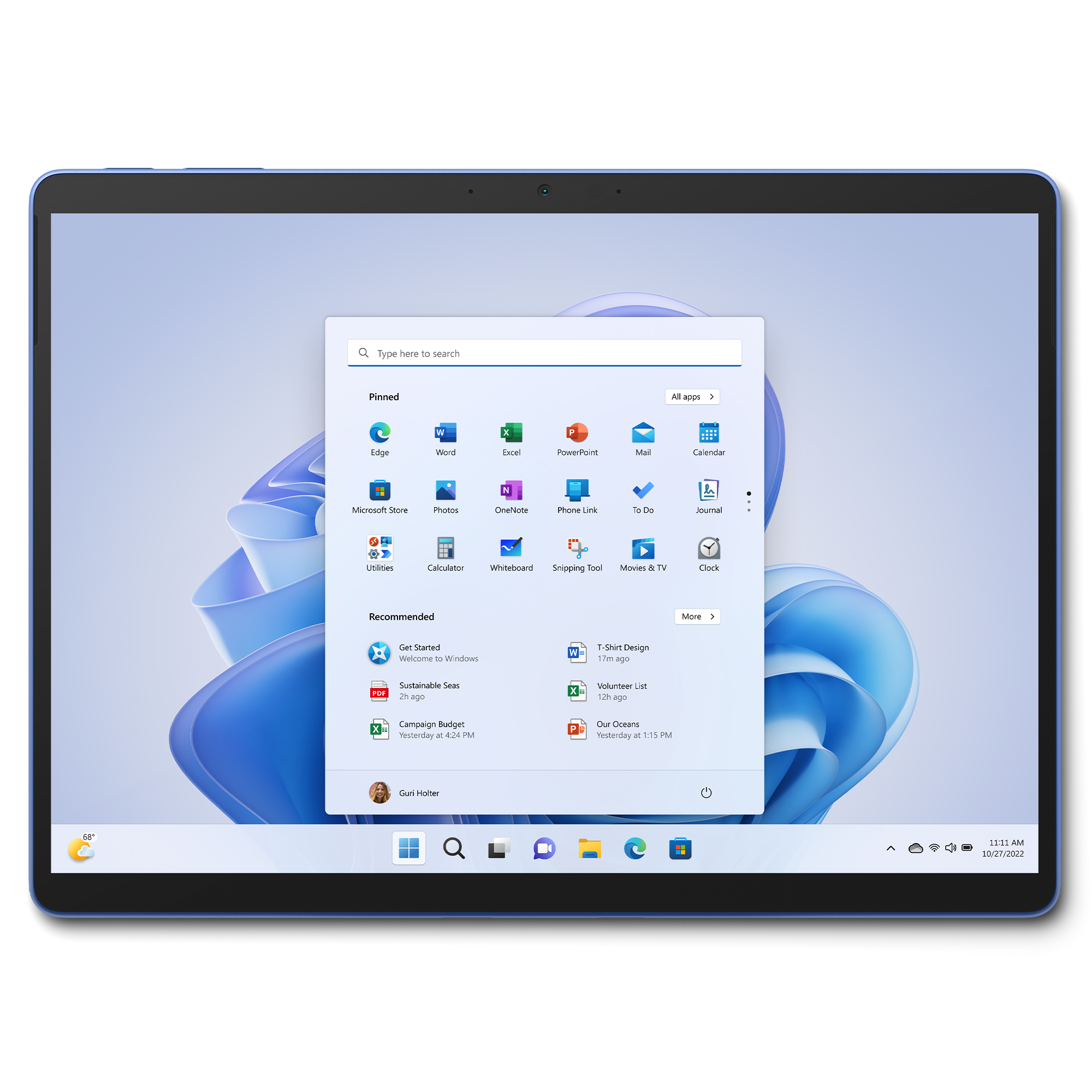
Surface Pro 9 (Wi-Fi)
Most versatile option
The Surface Pro 9 might not be the most powerful laptop out there, but it is one of the most versatile thanks to its 2-in-1 design. It comes with 12th Gen Intel Core CPUs, it has a gorgeous 13-inch touch display with inking capabilities, and it has a high-end design that's a delight to use.
- Versatile and high-end 2-in-1 build
- 12th-generation Intel Core U-series CPUs
- High-res 13-inch touch display
- Can get more powerful PCs elsewhere
- Not particularly great for use on your lap
Generally speaking, most programmers won't be looking for a tablet for their work. However, the Microsoft Surface Pro 9 is no ordinary tablet. The Surface Pro defined the 2-in-1 category and to this day continues to set the bar. The Surface Pro 8 was the biggest update in some years, bringing with it not only a revamped design but the kind of performance inside that once we could only dream of seeing in a device without a keyboard. The Surface Pro 9 is a continuation of this design and now comes in both Intel and Qualcomm variants, with the latter also boasting 5G connectivity. We favorably reviewed the Surface Pro 9 with 5G, and many of the same critiques apply here.
The Surface Pro 9 is still the device to get if you're looking for a highly portable 2-in-1 machine. For starters, the display truly is the best ever on a Surface Pro. It's now 13 inches but still has that 3:2 aspect ratio that's perfect for code writing with its increased vertical space. Both versions of the Surface Pro 9 also have a 120Hz refresh rate, so everything is silky smooth. Once you see it you can't go back to a 60Hz panel.
Internal hardware is just as impressive. Microsoft managed to squeeze up to a 12th-generation Intel Core i7-1265U inside the Surface Pro 9, which for a tablet is no small feat. This is paired with up to 32GB of RAM (16GB on the Qualcomm version) and up to 1TB of PCIe SSD storage, which is also removable. The onboard graphics are OK with Intel Iris Xe in play, but Microsoft finally added Thunderbolt to the Surface Pro 9. This 13-inch tablet can sit hooked up to a dock or an eGPU and truly be your everything machine at home and on the road.
It's not cheap, but then again, the Surface Pro has never been about affordability. It's about setting the bar and the Surface Pro 9 continues to do that. It's more portable than basically any laptop on the market while being just as powerful. And Microsoft even put the buttons back on the top where they belong, so it's easier to live with every day.
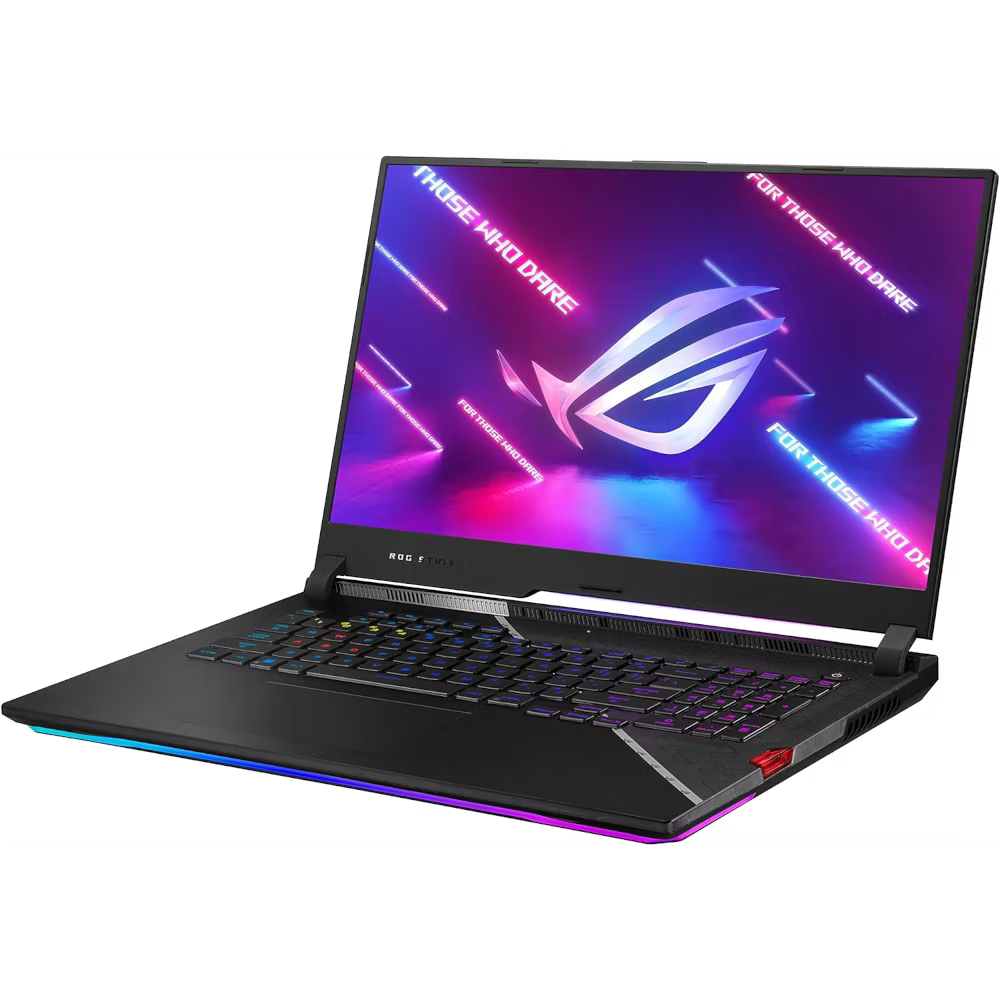
Asus ROG Strix Scar G733P (2023)
Tons of RAM and VRAM
The Asus ROG Strix Scar G733P is packed with high-performance hardware that can handle the requirements of deep learning and AI work. When it's not hard at work it will also deliver a premier gaming experience.
- Exceptional performance
- Gorgeous 17-inch display
- Great out-of-game versatility
- Expensive
- Short battery life
Developers getting into deep learning and AI programming generally want a laptop with plenty of system memory, a GPU with plenty of VRAM, and a beefy CPU with plenty of cores to keep up with heavy demands. You can go the route of a high-end workstation for the ultimate machine, but laptops primarily made for gaming can also do a great job. Something like the Asus ROG Strix Scar G733P fits the bill.
It's available with AMD's Ryzen 9 7945HX CPU with 16 cores, 32 threads, and a 5.4GHz boost clock. It's joined by up to 64GB of DDR5-4800MHz RAM (most configs have 32GB), up to 8TB of fast M.2 PCIe 4.0 NVMe SSD storage, and Nvidia RTX 4000 discrete laptop graphics.
For maximum VRAM you'll want to stick with the RTX 4090 Laptop GPU and its 16GB, but the RTX 4080 with 12GB and the RTX 4070 with 8GB can still be plenty effective. In his Asus ROG Strix Scar G733P review, XDA's Rich Edmonds noted that "there's more performance inside this thin chassis than many gaming desktop PCs out there, and it's incredible to see just how far we've come over the last decades."
The laptop's 17.3-inch display is a knockout for gaming, but its specs translate to an easy viewing experience for any task. It has a 2560x1440 (QHD) resolution, 240Hz refresh rate, and 3ms response time, with plenty of screen real estate for multitasking.
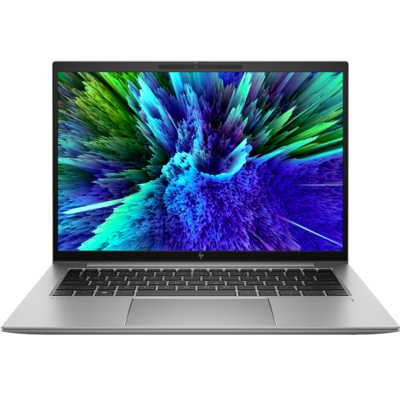
HP ZBook Firefly 14 G10
A mix of workstation and ultrabook
Need a mix of ultrabook and workstation you can take everywhere? The HP ZBook Firefly 14 G10 is a mobile 14-inch laptop with plenty of security measures, and it boasts optional 5G/4G LTE connectivity to keep you connected at all times. There are tons of configuration options available, and the price is often heavily discounted.
- Sleek and compact design hides solid performance
- Comfy keyboard and touchpad
- QHD+ display with up to 120Hz refresh rate
- Might not be powerful enough for some workloads
- Battery life is average
HP's lineup of ZBook laptops cater to professionals and creators, and there's a wide enough range of hardware available that you can find incredibly expensive workstations alongside more affordable souped-up ultrabooks. The ZBook Firefly 14 G10 is in the latter camp, coming at you with up to a 13th-gen Intel Core i7-1365U vPro CPU, Nvidia RTX A500 GPU, 64GB of dual-channel DDR5-5200 RAM, and 2TB of M.2 PCIe 4.0 NVMe SSD storage.
HP also offers a ton of 14-inch display options, ranging from basic FHD+ at 250 nits brightness to QHD+ with privacy screen and 1,000 nits brightness. In our HP ZBook Firefly 14 G10 review, Senior Editor João Carrasqueira tested a QHD+ model, noting, "This is a great screen in just about every way." The typing and pointing experiences are also comfortable. Keys have ample travel and there are dedicated inputs for the nav controls, and the touchpad is enormous.
The ZBook Firefly isn't going to outperform most of our other top picks, but it weighs just 3.2 pounds (1.45kg) and comes with optional 5G/4G LTE connectivity. It's a mobile laptop that can serve those who don't need a ton of CPU and GPU strength, and it has the usual glut of HP's security details to help keep your data safe. Considering you can often find it available for about 50% off the regular price, it should appeal to more than a few people who enjoy traveling light.
Getting the best laptop for developers and software engineers
We've put together a current and relevant collection of the best laptops for developers and software engineers, including high-end workhorses and even some great laptops under $1,000. Whichever platform you prefer using to code and whichever platform you want to build for, there's something for you. But the best of the bunch is definitely the 16-inch MacBook Pro M3. It can handle almost all jobs across platforms, and it's a requirement if you're developing for the Apple ecosystem.
The move to M3 Pro and M3 Max chips in late 2023 brings even more performance than before, but battery life is still nothing but impressive. The 16-inch screen has lots of space for work and comes with a crisp 3456x2234 resolution, as well as a 120Hz refresh rate to keep everything looking smooth. And it's all wrapped up in a sleek package. It's expensive, but it's the best for most people.

MacBook Pro M3 Pro 16-inch
The right laptop for most people
The new MacBook Pro M3 released late-2023 comes in M3 Pro and M3 Max flavors depending on your performance needs. It's still an incredibly powerful and efficient laptop, though anyone with an M2 model (or even M1 model) likely won't see a need to upgrade.
Windows is more desirable than ever to use for development work thanks to tools like Windows Subsystem for Linux (WSL) and Windows Subsystem for Android (WSA), as well as its ability to overall better handle work in the x86 realm. If you'd like to stick with a Windows laptop, the XPS 15 (2023) is our top choice. It might not land the same battery life, but it can put up impressive performance numbers from 13th Gen Intel Core H-series CPUs and discrete Nvidia graphics. The 15.6-inch display comes in up to a 3.5K OLED package, and there's plenty of storage and RAM to work with.

Dell XPS 15 (2023)
Best for Windows users
Want to stick with Windows and still get a great laptop for development and engineering? The XPS 15 has high-end performance options and high-res displays (including a sizzling OLED option), all contained up in a sleek aluminum chassis with lots of ports.

